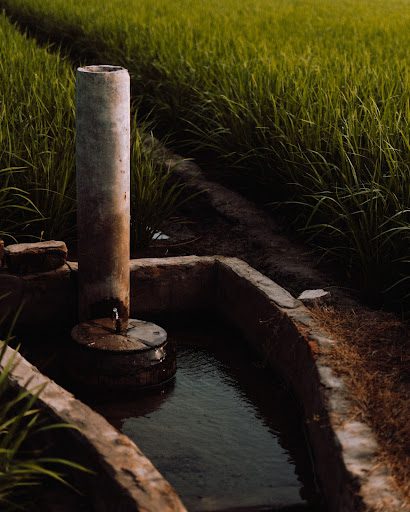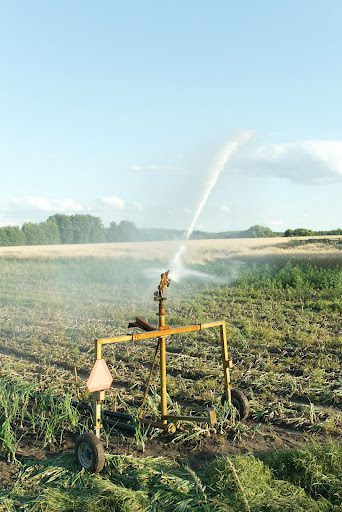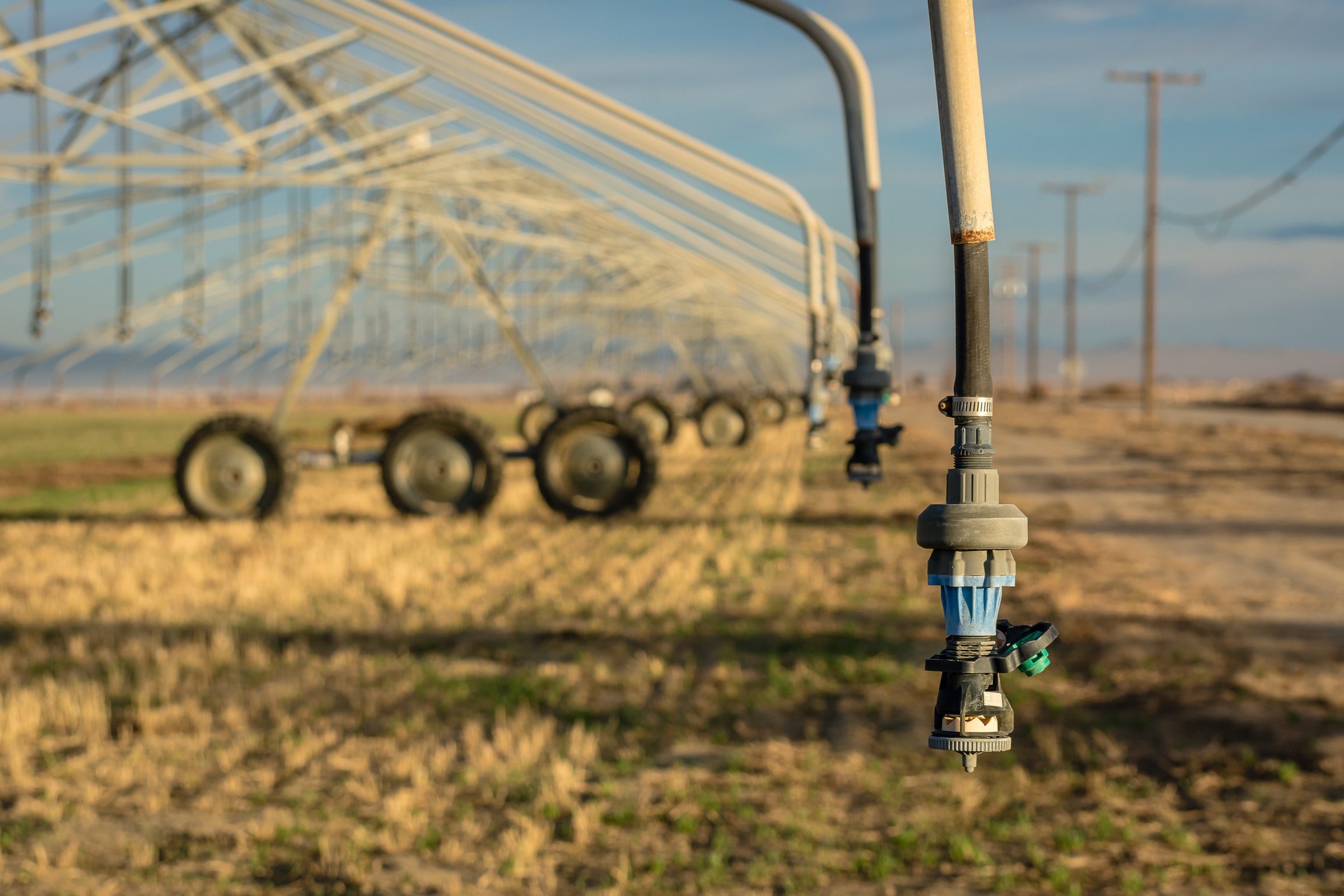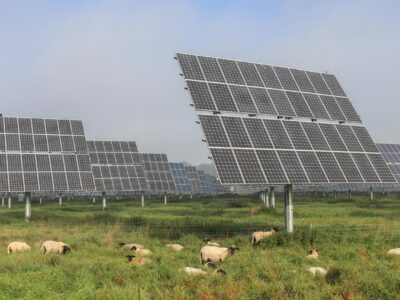With much of Arizona stuck in the drought that has gripped the western United States, numerous companies are working on sustainable ways to improve water use across the Grand Canyon State. Almost three-quarters of the state is still suffering severe or abnormally dry drought conditions, which means water supply solutions are becoming crucial for the growing population and business needs from Flagstaff to Tucson. In August of last year, the Bureau of Reclamation announced an official water shortage in the state, and water cutbacks and limitations are becoming de rigueur. One of the most promising new efforts to save water is the Central Arizona Project’s N-Drip water irrigation system trial. The N-Drip system delivers results that could ultimately help Arizona’s current mega-drought and water cutbacks, where agriculture is responsible for three-quarters of the state’s water use.

The Central Arizona Project is responsible for delivering water to 80 percent of the people in Arizona. Over the past decade, the changing climate has made getting water to farmers even more challenging in this arid landscape. In its search for solutions, the Central Arizona Project began testing the N-Drip system in 2019.
Invented by Uri Shani and Eran Pollack in their home country of Israel, the N-Drip is utilized in 17 other countries. It’s a sustainable and economical solution to getting water into farmers’ fields. Arizona uses existing infrastructure – such as flood irrigation furrows – to create more efficient water flow to the crops. The N-Drip system works primarily by using completely carbon-free gravity. It uses the planet’s natural force to convert flooded fields into a drip-based watering system. The process enables water to drip slowly directly on the roots of the plants, saving significant amounts of water and making the best use of nutrients in the process. The N-Drip system thus cuts the amount of fertilizer needed to grow crops. The overall process can reduce one farm’s carbon emissions by as much as 70 percent. In a state home to nearly one million acres of farmland, the net carbon reduction potential for the N-Drip is massive.

Shani and Pollack also created a sensor for the system called N-Drip Connect. This sensor monitors the conditions in the fields to let farmers know when they need to irrigate or fertilize. Overall, N-Drip and its sensors cost a fraction of what traditional irrigation systems cost, and it’s able to follow already-existing flood irrigation paths. Seth Seigel, N-Drip’s Chief Sustainability Officer, is confident that using N-Drip will save at least 50 percent of the water usually needed to sustain the fields.
N-Drip is now helping grow sugar cane in Thailand and sorghum in Australia. In Arizona, it’s helping make cotton and alfalfa farms far more efficient by saving money for farmers and cutting carbon emissions at least in half. Even if the drought subsides in the western United States, the environment will still stand to benefit from the deployment of N-Drip.
“Even if tomorrow we would get rain for the rest of our lives, I would argue that you want to convert to a system like N-Drip,” Siegel said.





